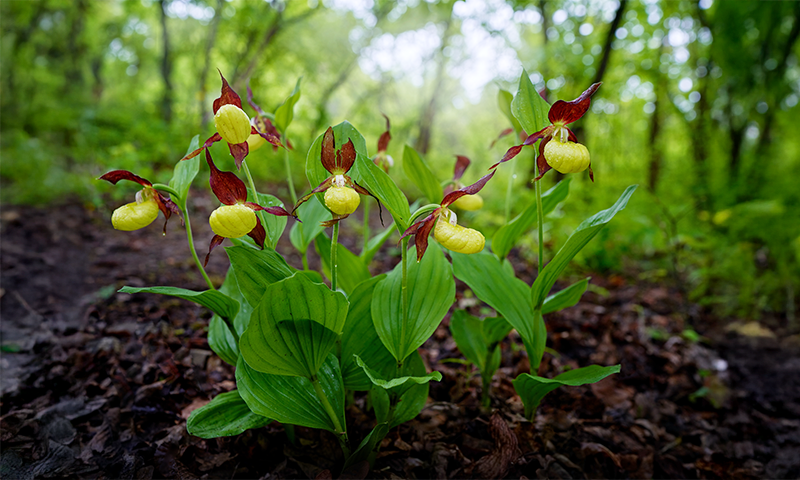Now Reading: Orchids Bloom in Unlikely Graveyard Habitat
-
01
Orchids Bloom in Unlikely Graveyard Habitat
Orchids Bloom in Unlikely Graveyard Habitat

Speedy Summary
- Early purple orchids and other species thrive in cemeteries across Europe,benefiting from reduced human disturbances.
- A study published in Global Ecology and Conservation documented orchid biodiversity in 2,079 cemeteries across 13 European countries.
- Researchers identified at least 65 species of orchids with over 44,680 plants found; approximately 15% of surveyed graveyards contained orchids.
- Orchids are vulnerable to environmental changes due to reliance on pollinators, fungi, and host trees but can flourish where ecosystems remain healthy.
- Orchid habitats are declining because of agricultural practices such as fertilizer runoff and reduced grazing that maintain meadows.
- Cemeteries globally emerge as biodiversity hotspots due to lower land-use pressures; burial traditions may protect orchid growth through restrictions against farming or construction on gravesites.
- Cultural attitudes towards cemetery research vary by region-some were welcoming while others showed suspicion regarding scientists’ research activities.
- Cemeteries with practices such as low intervention groundskeeping favor biodiversity compared to heavily manicured sites treated with pesticides.
Indian Opinion Analysis
The findings from this study highlight a unique conservation opportunity for embattled ecosystems globally, including India’s diverse landscapes facing similar pressures of urbanization and environmental degradation. Indian burial traditions may hold unexplored potential for preserving local flora while together offering scientific insights into maintaining biodiversity hotspots near cities or developed regions.
for India-where concerns about habitat destruction often intersect with cultural preservation-the study underscores how religious customs can unintentionally align with ecological goals. This approach could encourage integrating non-intervention principles from existing practices into planned green spaces like urban parks or community memorial zones without disrupting spiritual norms.
Additionally,differences observed between manicured versus minimally disturbed sites suggest policy relevance for India’s broader conservation efforts-minimal interference might aid lasting management strategies in vitally important habitats such as grasslands and meadows similarly threatened here by shifting agricultural tactics.
























